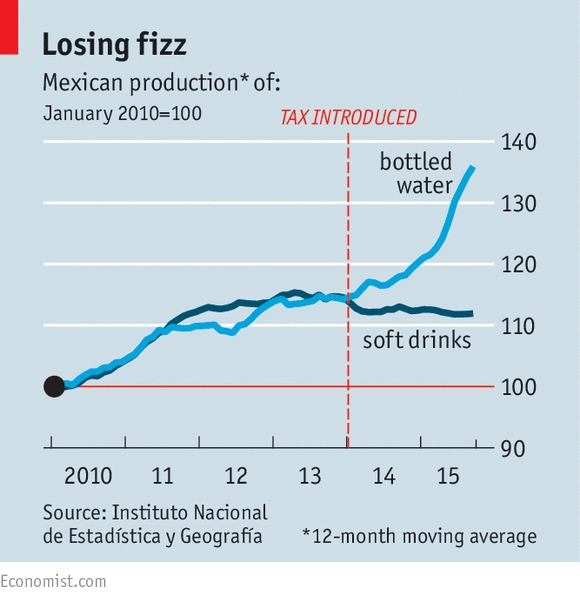
Share On Social!
Which places around the world are working towards fizzing out high soda consumption?
Mexico, St. Helena, Chile, Barbados, France, Dominica, Norway, Hungary, and more. The world has taken notice of the health risks associated with sugary drinks for years, as various research studies have proven a link between sugary beverage consumption and health risks like diabetes, tooth decay and obesity. More and more countries are recognizing the health risks associated with sugary beverages and are implementing soda taxes or other initiatives and policies to ensure a healthy future for their people.
Today’s 16 million Latino children and youth—92 percent of whom are U.S. citizens—thus represent a crucial segment of the United States’ future, according to an article from the Population Reference Bureau.
Latino kids already suffer from a high risk of diabetes and consuming sugary sweet beverages just add to this health risk. Research shows that kids who consume more sugary drinks tend to have higher body weights and are at a greater risk for diabetes and dental problems, and with each sugary drink, the risk of becoming an obese adult jumps to 60%. About 74 percent of Latinos in a recent study were shown to have had a sugary drink by age 2.
High sugary beverage consumption is an issue for the health for the future of the United States.
Mexico, the fourth-biggest consumers of sugary drinks, has recently seen declines in soda consumption since the soda tax and an increase in bottled water sales. (view side chart)
In fact, many low-income households were “most responsive to the tax” according to The Economist article, that explains that this could mean a greater health gain for the poor who have less access to health care.
What could this mean to the United States?
More research is being done on how soda taxes directly impact consumers and retailers, but one thing is true, lowering soda consumption is necessary for a healthier future.
By The Numbers
1
Supermarket
for every Latino neighborhood, compared to 3 for every non-Latino neighborhood



